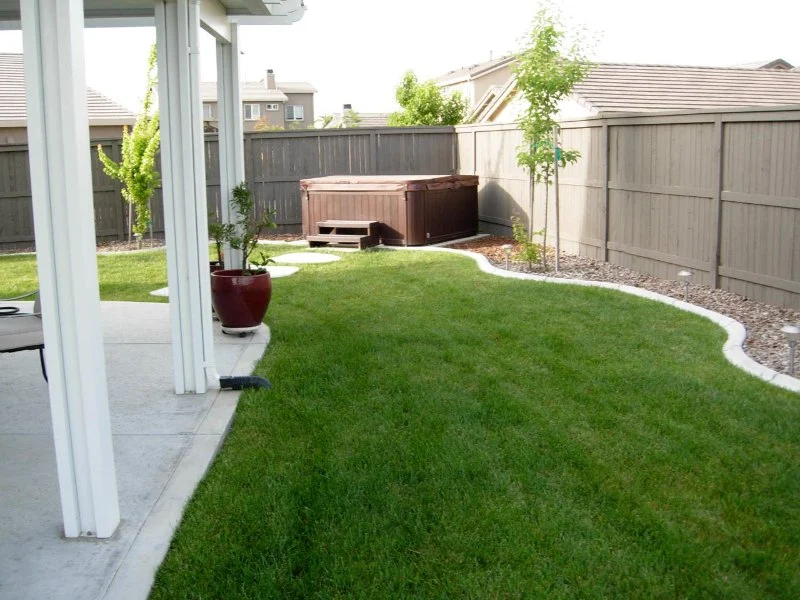
- Why Yard Prep is Crucial for a Landscape Makeover
- Steps to Prep Your Yard for a Landscape Makeover
- Choosing the Right Plants for Your Landscape
- Common Yard Prep Mistakes to Avoid
- Real-Life Story: Successful Yard Makeover
Why Yard Prep is Crucial for a Landscape Makeover
When embarking on a landscape makeover, yard preparation is the most important first step. Without proper prep, even the best design ideas can falter. Think of yard prep as laying a strong foundation for your landscape project. It ensures that your new plants, hardscapes, and features will thrive and last. Proper yard prep also makes the process smoother, allowing you to work efficiently and achieve the look you want.
Whether you’re renovating an existing garden, adding new features like a patio or pathway, or transforming the entire yard, effective prep work prevents common issues down the line. This might include uneven surfaces, poor soil conditions, or plants that don’t take root. Here, we’ll break down the essential steps involved in preparing your yard for a successful landscape makeover.
Steps to Prep Your Yard for a Landscape Makeover
Preparing your yard for a landscape makeover involves several key steps. These steps help ensure that your new design has the best chance of success. Here's how to get started:
1. Clear the Space
The first step in yard prep is to clear the area of any existing plants, debris, rocks, and other obstacles. This might involve removing old plants, grass, or even trees that no longer fit your vision. Make sure to dig out any weeds or invasive species, as they can compete with new plants for resources. Use garden tools like a shovel, hoe, or even a power tiller for larger areas. For bigger projects, you might need to rent equipment like a mini-excavator.
2. Assess and Improve the Soil
Healthy soil is essential for successful landscaping. Start by testing the pH and nutrient levels of your soil. This can help you understand whether your soil is too acidic, too alkaline, or lacking in essential nutrients. Based on the results, amend your soil by adding compost, organic matter, or other soil conditioners. This will improve the soil’s structure, drainage, and nutrient content, creating an ideal environment for your plants.
3. Plan the Layout
Before planting anything, take time to plan the layout of your new landscape. Consider the placement of plants, trees, pathways, outdoor furniture, and any features like a fire pit or water feature. Using a sketch or a digital landscape design tool can help you visualize the final result. Pay attention to factors like sunlight, wind exposure, and water drainage to ensure each element has the right conditions to thrive.
4. Prepare for Irrigation
If your landscape requires irrigation, this is the time to install it. Whether you plan on using a drip irrigation system or sprinklers, ensure that the system is placed efficiently to cover all plant areas. A well-designed irrigation system will reduce water waste and keep your plants hydrated. Consider using smart irrigation technology that adjusts based on weather conditions for added efficiency.
5. Level the Ground
For a professional finish, make sure the ground is level before you lay down any new features like sod, gravel, or patios. Use a rake to level uneven spots and ensure proper drainage. If you’re installing a patio or other hardscaping features, you may need to dig out and level the area more thoroughly. A level yard will not only look better but will also prevent water from pooling in unwanted areas.
Choosing the Right Plants for Your Landscape
One of the most exciting parts of a landscape makeover is selecting the plants that will bring your yard to life. However, it’s essential to choose the right plants for your climate, soil, and the overall aesthetic of your design. Here’s how to make the best choices:
1. Consider the Climate
Different plants thrive in different climates. Research what plants are suitable for your region, taking into account factors like temperature, rainfall, and seasonal changes. Local nurseries or online resources can provide you with a list of plants that grow well in your area, whether it’s dry, temperate, or wet.
2. Choose Low-Maintenance Plants
If you want to save time on upkeep, select low-maintenance plants that require minimal care and watering. Native plants are an excellent choice because they are adapted to the local environment and typically require less water and fertilizer. Consider perennials, which come back year after year, saving you money and effort in the long run.
3. Mix and Match
For visual interest, mix different plant types, including trees, shrubs, flowers, and grasses. Layering your plants in various heights and colors adds dimension to the landscape. Don’t forget to include some evergreens for year-round interest and ground covers to reduce weeds.
Common Yard Prep Mistakes to Avoid
While prepping your yard for a makeover, it's easy to make a few mistakes that can hinder your project’s success. Here are some common pitfalls to watch out for:
1. Skipping Soil Testing
Failing to test your soil before starting your landscaping can lead to poor plant growth. Soil testing helps you understand the current conditions and allows you to amend it properly. Don’t skip this step to ensure your plants will thrive.
2. Overcrowding the Space
It’s tempting to fill your yard with a variety of plants, but overcrowding can result in poor air circulation and competition for resources. Allow enough space between plants to grow and spread out. Follow the recommended spacing guidelines on plant labels.
3. Forgetting About Drainage
Poor drainage is one of the biggest challenges when prepping a yard. Ensure that water flows away from your home’s foundation and that low-lying areas have proper drainage to avoid standing water and root rot. It’s worth investing in a drainage system or regrading areas to improve water flow.
Real-Life Story: Successful Yard Makeover
Consider the Johnson family, who decided to transform their yard into a relaxing outdoor retreat. They began with a full yard prep, clearing out overgrown bushes and weeds. After assessing the soil, they amended it with organic compost and added a drip irrigation system for easy maintenance. They also leveled the yard to prevent water pooling around their garden beds.
They selected a mix of drought-tolerant plants, including lavender, succulents, and ornamental grasses, which not only gave their yard a beautiful look but also reduced water usage. With some added hardscaping features, like a stone path and a small fire pit, the Johnsons were able to create an inviting space perfect for family gatherings.
Now, their yard makeover has not only enhanced the aesthetic of their home but also made outdoor living more enjoyable and sustainable. Their story shows the power of good preparation and thoughtful design.
In conclusion, preparing your yard for a landscape makeover is a key step in achieving the yard of your dreams. By taking the time to clear, assess, and plan, you can create a space that will last for years to come, improving both your home’s curb appeal and your quality of life.

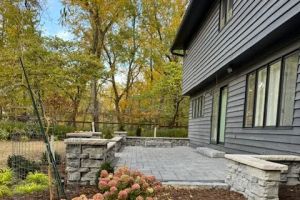



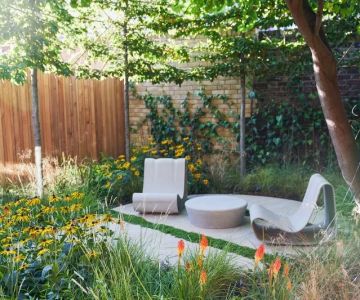
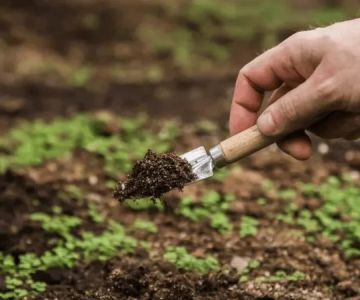


 MGA Services, Inc4.0 (10 reviews)
MGA Services, Inc4.0 (10 reviews)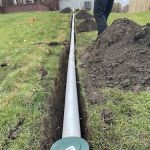 Canelo Pro-Services Inc5.0 (3 reviews)
Canelo Pro-Services Inc5.0 (3 reviews) Renaissance Management Services3.0 (13 reviews)
Renaissance Management Services3.0 (13 reviews)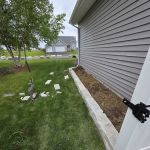 Corner2Corner Services5.0 (1 reviews)
Corner2Corner Services5.0 (1 reviews) Duran's Landscaping2.0 (3 reviews)
Duran's Landscaping2.0 (3 reviews) Murphy-Hansen Landscape5.0 (1 reviews)
Murphy-Hansen Landscape5.0 (1 reviews)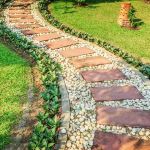 How to Build a Pathway That Blends With Nature: A Step-by-Step Guide
How to Build a Pathway That Blends With Nature: A Step-by-Step Guide How to Build a Sustainable Backyard Using Native Materials: A Step-by-Step Guide
How to Build a Sustainable Backyard Using Native Materials: A Step-by-Step Guide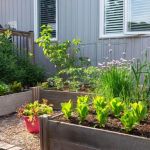 How to Grow Herbs and Vegetables in Limited Space | Beautiful Landscapes
How to Grow Herbs and Vegetables in Limited Space | Beautiful Landscapes How to Create a Landscape That Grows With Your Family
How to Create a Landscape That Grows With Your Family How to Care for a Newly Planted Landscape: Expert Tips for Healthy Growth
How to Care for a Newly Planted Landscape: Expert Tips for Healthy Growth How to Install a Drip Irrigation System in Your Landscape
How to Install a Drip Irrigation System in Your Landscape